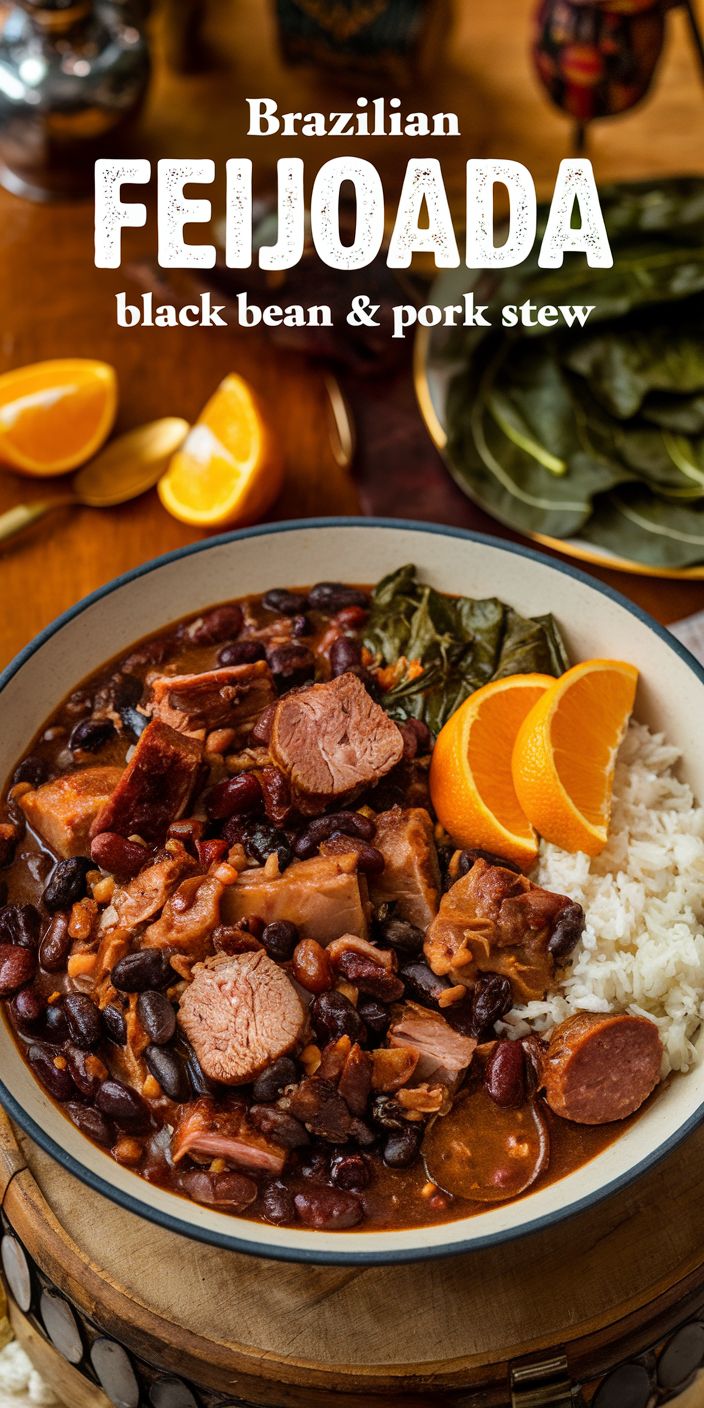Feijoada is one of the most traditional and popular dishes in Portuguese cuisine. Originally from northern Portugal, this hearty bean stew has spread throughout the country and is now a staple in many family recipes. It brings a warming, fortifying touch to the table, especially on cold days. An authentic feijoada is prepared with various meats, sausages, beans, and vegetables—and is often refined with the typical Portuguese galega (couve galega).
Origin and regional diversity of the Feijoada
Feijoada has its origins in the Trás-os-Montes region of northeastern Portugal. It was originally prepared as a poor man’s meal from leftovers. Today, however, it is a popular dish at holidays, family gatherings, and in traditional restaurants (“tascas”).
There are different variants:
- Feijoada à Transmontana : With red bean, palm kale, pork, black pudding, farinheira and chouriço .
- Feijoada de Marisco : In the coastal region it is prepared with seafood (e.g. shrimp, mussels).
- Feijoada de Bacalhau : A rarer but interesting combination with stockfish .
Despite regional differences, the basis remains the same: beans, sausage, meat, cabbage, garlic, bay leaves and olive oil.
The role of palm kale in feijoada
Palm cabbage, also known as couve galega or couve portuguesa, is a key ingredient in the traditional feijoada. It not only adds color and flavor to the dish, but also provides valuable vitamins and fiber. In Portugal, the cabbage is finely chopped and either cooked directly with the dish or stirred in at the end to preserve its freshness.
Cabbage has a slightly bitter flavor and is reminiscent of a cross between kale and savoy cabbage. It is ubiquitous in Portuguese gardens and markets, especially in winter.
Feijoada is one of the most traditional and popular dishes in Portuguese cuisine. Originally from northern Portugal, this hearty bean stew has spread throughout the country and is now a staple in many family recipes. It brings a warming, fortifying touch to the table, especially on cold days. An authentic feijoada is prepared with various meats, sausages, beans, and vegetables—and is often refined with the typical Portuguese galega (couve galega).
Origin and regional diversity of the Feijoada
Feijoada has its origins in the Trás-os-Montes region of northeastern Portugal. It was originally prepared as a poor man’s meal from leftovers. Today, however, it is a popular dish at holidays, family gatherings, and in traditional restaurants (“tascas”).
There are different variants:
- Feijoada à Transmontana : With red bean, palm kale, pork, black pudding, farinheira and chouriço .
- Feijoada de Marisco : In the coastal region it is prepared with seafood (e.g. shrimp, mussels).
- Feijoada de Bacalhau : A rarer but interesting combination with stockfish .
Despite regional differences, the basis remains the same: beans, sausage, meat, cabbage, garlic, bay leaves and olive oil.
The role of palm kale in feijoada
Palm cabbage, also known as couve galega or couve portuguesa, is a key ingredient in the traditional feijoada. It not only adds color and flavor to the dish, but also provides valuable vitamins and fiber. In Portugal, the cabbage is finely chopped and either cooked directly with the dish or stirred in at the end to preserve its freshness.
Cabbage has a slightly bitter flavor and is reminiscent of a cross between kale and savoy cabbage. It is ubiquitous in Portuguese gardens and markets, especially in winter.

